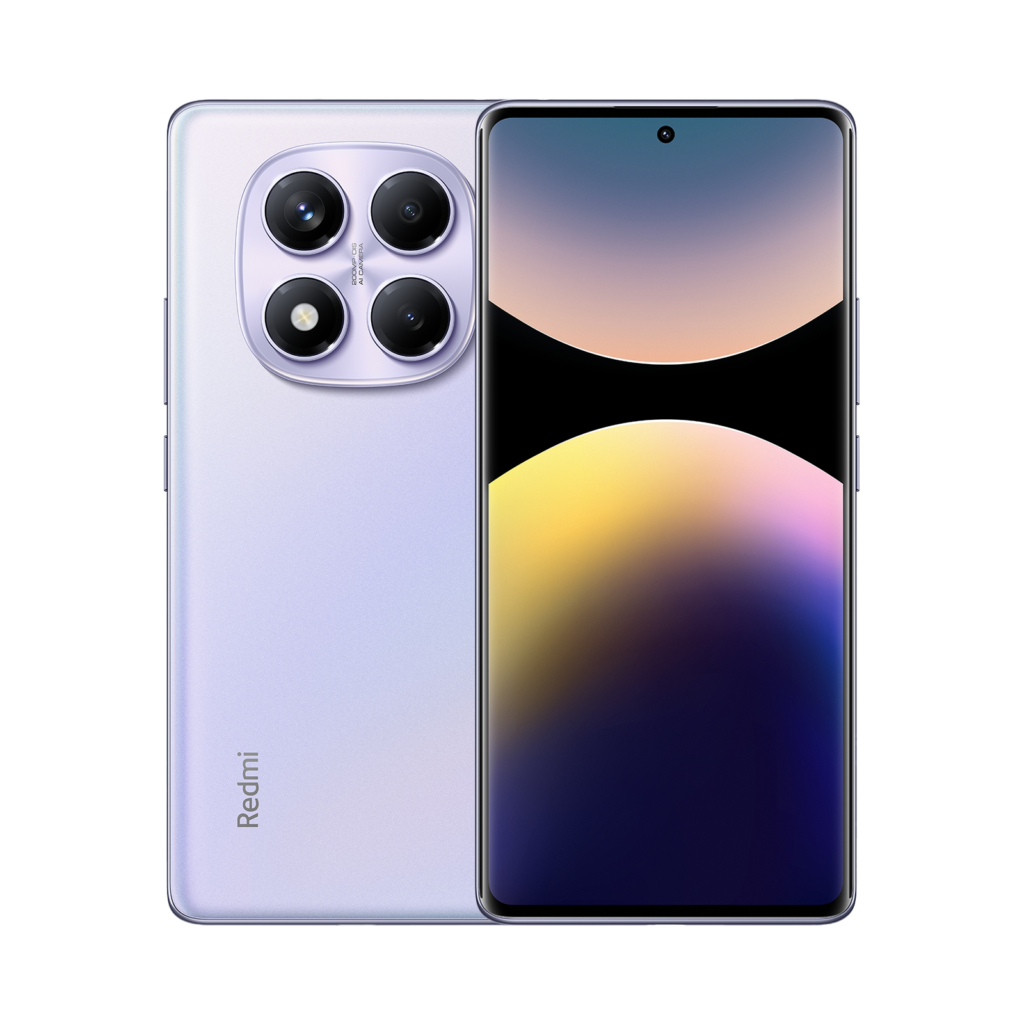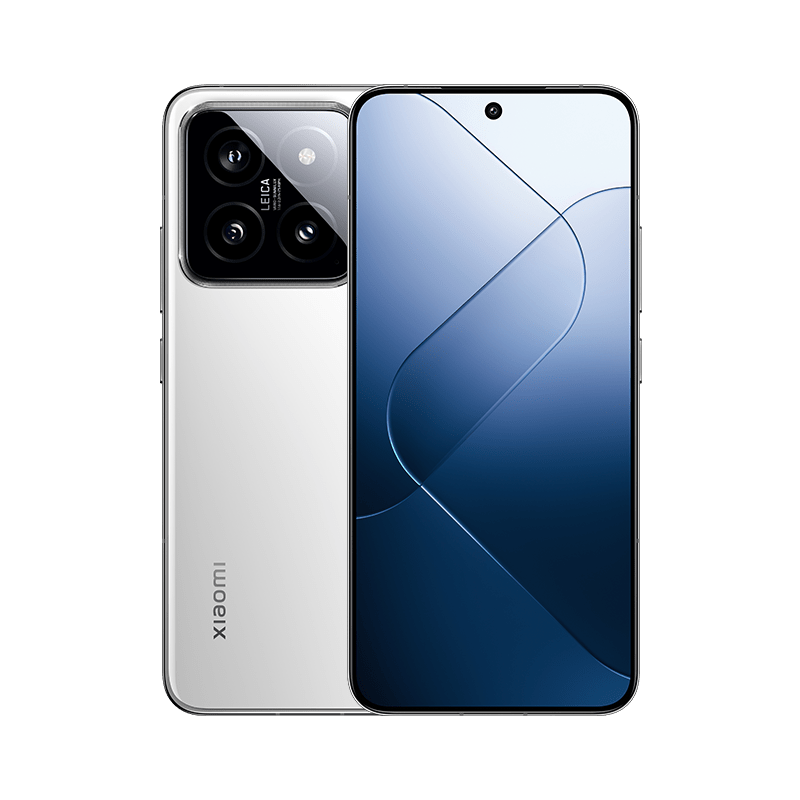The best Xiaomi phones have come a long way. They used to be among the best-value phones available due to their superb build quality and amazing cameras, but these days, high-end Xiaomi phones make appealing substitutes.
We’ve reviewed almost all of the top Xiaomi models, so we can help you find the best Xiaomi phone for your needs. Our current top pick is the Xiaomi 14 Ultra because of its outstanding performance and genuinely distinctive cameras, but if you’re looking for something more reasonably priced, the extremely capable will be a good choice. The Redmi Note 14 Pro from Xiaomi The Xiaomi 14 is a fantastic choice for lovers that can fold.
Table of Contents.
- No 1 Xiaomi Redmi Note 14 Pro
- No 2 Xiaomi 14
- No 3 Xiaomi 14 Ultra
Top 3 Best Xiaomi Phones In 2025
No 1 Xiaomi Redmi Note 14 Pro

The Redmi Note 14 Pro 5G offers a clear departure from the more angular build of the 13 Pro, with its body sporting a more tapered, curved design. Therefore, the 14 Pro aims for softer corners and edges, while the 13 Pro essentially copied the flatter shapes of previous iPhone models. Similar changes are also made to the rear camera module, which is now housed in a squircle bump rather than a more traditional square.
Additionally, it is situated closer to the center of the phone’s back, which may make it appear more symmetrical but may make snapping pictures a little more difficult. Although the phone comes in a fairly small selection of colors, we thought the Coral Green color of our review sample was excellent.
The color itself is vivid but tastefully muted, and it has a subtle opalescent sheen that varies in tone with the light. It allows you to make a statement without saying too much and goes well with the phone’s general minimalist design and the small bezels of the 6.67-inch display.
In addition to having a sleek appearance, the phone is lightweight and small. Despite having a very wide display, its narrow bezel prevents it from feeling enormous or unwieldy. It weighs 190g (6.70 oz).
Pros
- Sharp 6.67in display with 120Hz refresh rate
- Good battery life & charging
- Lightweight & durable design
- Solid main camera
Cons
- Mediocre secondary cameras
- Divisive software UI
- More expensive than rivals
No 2 Xiaomi 14

The Xiaomi 14 makes no bones about its intent to be the superior choice over the latest iPhone or Galaxy. If only it were more widely available.
The 6.36-inch display has received a gamut of nice upgrades – there’s a resolution bump between generations, while the move to an LTPO panel facilitates a true 1Hz to 120Hz variable refresh rate for greater power efficiency. It’s a significantly brighter panel too, also trumping the figures promised by Apple and Samsung’s latest.
This marks the fifth generation of flagship phones (if you include the company’s mid-year ‘S’ refreshes) on which Xiaomi has collaborated with optical specialists Leica.
For the most part, the user experience offered up by the camera remains much the same as last year’s – including the ability to shoot in Leica Vivid or Classic color profiles, but the underlying hardware has been upgraded significantly, with a larger 50MP main sensor sporting a wider aperture, and backed up by two additional 50MP sensors .
(an ultra-wide and a 3.2x telephoto), which collectively deliver better light, detail, dynamic range, and color reproduction than previously.
Pros
- Highly competitive generational display upgrade
- Impressively rich camera experience
- Top-tier performance and thermals
Cons
- AI features only accessible in beta at launch
- Volume of HyperOS features can be overwhelming
- Functional but forgettable design
No 3 Xiaomi 14 Ultra

Everything you require is included in the Xiaomi 14 Ultra. A brand-new 1-inch sensor that offers a genuinely step-less variable aperture with intermediate stops between f/1.6 and f/4.0 is used to take the pictures. This creates a degree of detail that has never been achievable on a smartphone before and ensures amazing results in low light.
The phone’s sensor handles highlights equally well, with detail maintained even when you’d expect it to be blown out. The phone’s design is also of high quality. Xiaomi Shield Glass and a sturdy aluminum frame offer all the durability and protection needed to withstand normal wear and tear. Additionally, the smoothness of the vegan nano-tech leather on the back contributes to a pleasant physical sensation.
The Xiaomi 14 Ultra’s 6.73-inch LTPO AMOLED display with Xiaomi Shield Glass continues this thread of quality, offering a 3200 x 1440 pixel resolution and a 120Hz refresh rate that’s fantastic for watching videos and gaming.
One of my only gripes with this phone’s design is that the weight of the rear camera notch makes it impossible to hold and operate with one hand. Annoyingly, the Xiaomi 14 Ultra kept tipping out of the top of my hand
Pros
- Incredible cameras
- High-quality design
- Highly customizable software
Cons
- Awkward to handle
- Expensive
How to choose the best Xiaomi phone for you
Since Xiaomi produces a large variety of phones, you’re certain to find at least one model that you like, but there are a few factors you should take into account before choosing.
The first is your budget. It goes without saying that if you have more money, you will receive more consistently high-end specifications; if you have less money, you must figure out what you can live without.
Power is one of the most crucial features to consider, particularly if you intend to play a lot of games on your phone. Although having a strong battery life can help anyone, cameras are obviously vital if you care about smartphone photography. However, if the phone charges quickly, that could help compensate for poor endurance..
The size of the screen is somewhat arbitrary; some people like large screens since they are better for watching movies and allow for more room to interact with apps. However, it also increases the phone’s size, weight, and difficulty of one-handed use. However, a high resolution and refresh rate might be useful regardless of size.
Decide which of those factors are most important to you and make your decision accordingly, or choose a flagship and possibly check all the boxes, but at a cost.
Are Xiaomi phones better than Samsung phones?
Each year, Xiaomi’s flagship phones feel more and more like Samsung rivals – the Xiaomi 15 is the best example yet, as it’s a compact flagship like the Galaxy S25.
Samsung and Xiaomi flagships have slight differences, though – for instance, Xiaomi phones offer faster charging while Samsung phones have more powerful software – so your preferences will depend on what you’re looking for.
That’s the case for budget phones, too. While Samsung’s Galaxy A phones give you great displays on a budget, we’d say Poco devices are more powerful and Redmi handsets are better for photography.
Is Xiaomi a good brand to buy?
We’ve been big fans of Xiaomi phones since the brand started selling them in the West, and if you’re looking for a new phone, we’d definitely recommend checking out their offerings.
Like all brands, Xiaomi has misses as well as hits, and not all of their devices are great. There are sometimes duds in the flagship line, with handsets that are too expensive for their own good, or in the low-end, models with features that don’t totally work.
But, on this list of the best Xiaomi phones, you’re obviously going to find the best ones we’ve tested.
Do Xiaomi phones have Google apps?
Good question – yep, all Xiaomi phones come with Google Mobile Services, so they have Maps, Pay, the Play Store and more installed. That also means you can download plenty more apps – you’re getting a decent Android experience here.
In fact, Huawei and Apple are the only companes which sell phones without the Play Store – and obviously Apple has the App Store, so it’s fine.
One thing to note, though: even Android phones don’t use Google apps in China, where other options are preferred by consumers. So, if you an import a Xiaomi phone from China, you might find it doesn’t have the Google Mobile Services – saying that, this list only includes devices that are on sale in the West, so you don’t need to worry about that.
How we test
To come up with this list of the best Xiaomi phones, we tested every included model, in most cases using them for a week or more. That testing included using the camera, pushing the processor with high-end games, multitasking, seeing how long the battery lasts – and how fast it charges – and living with each phone as our main handset during the test period.
So, all that leaves us with an excellent idea of exactly how each Xiaomi phone performs, and it also allows us to compare each model to other Xiaomi handsets and the wider smartphone market.
Using that information – and factoring in the price, too – we then worked out which phones were worthy of inclusion and how they should rank.

